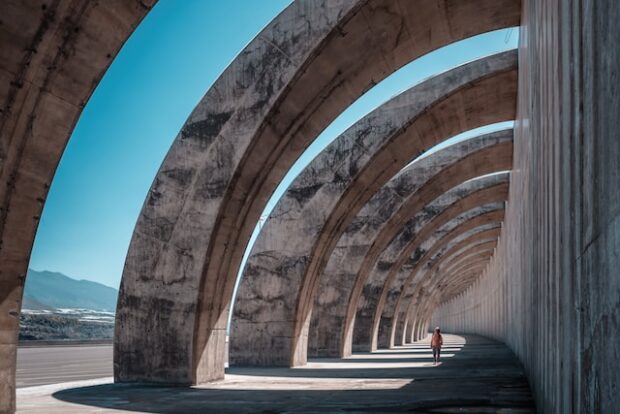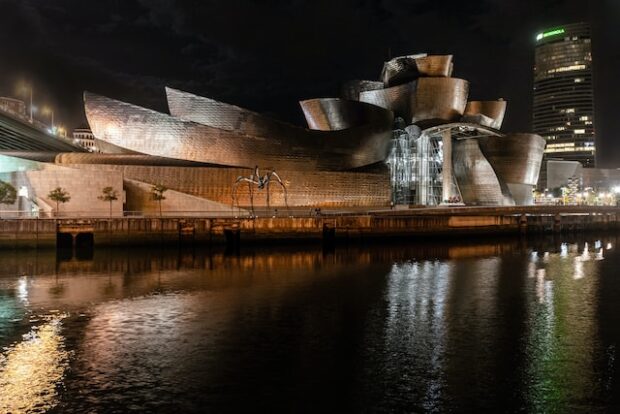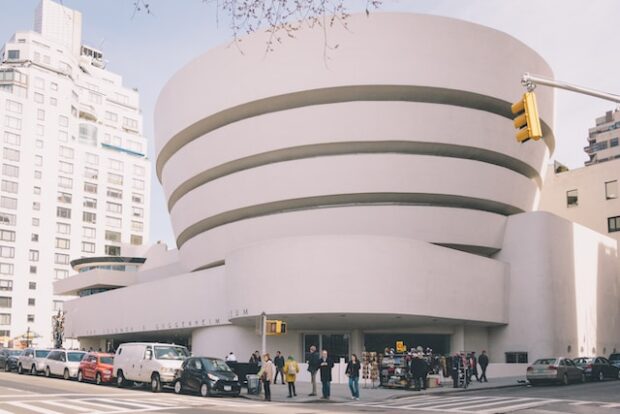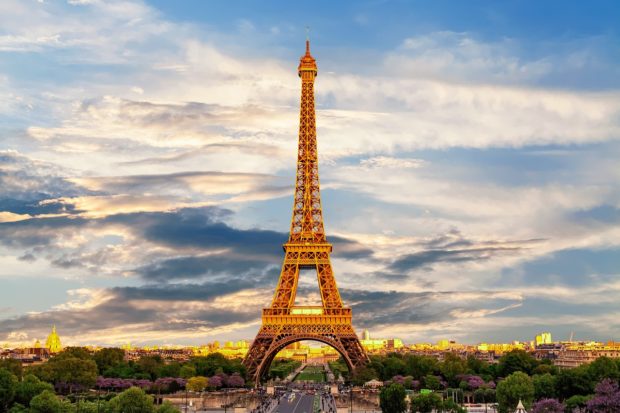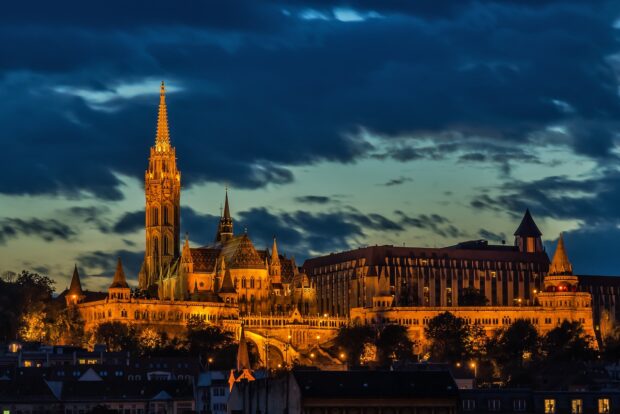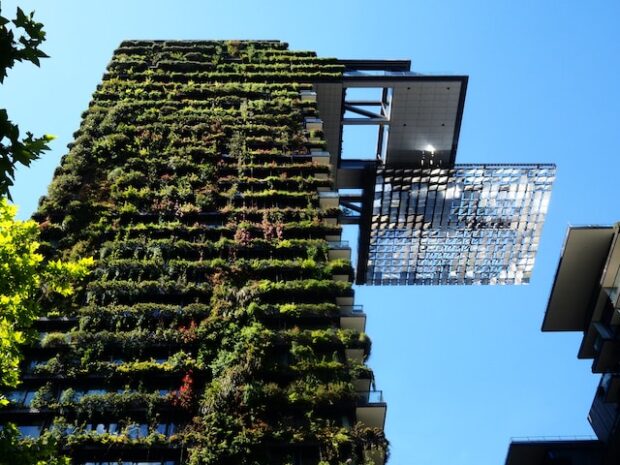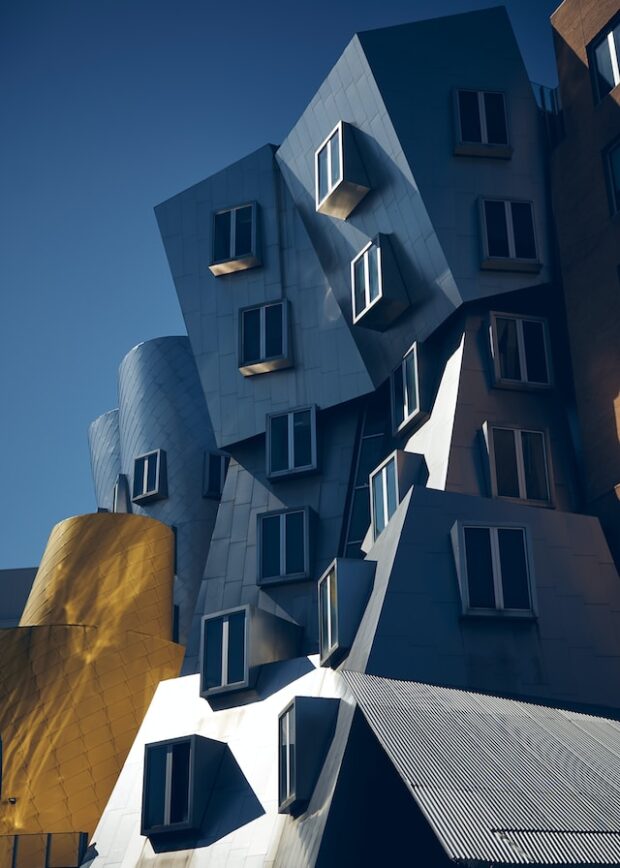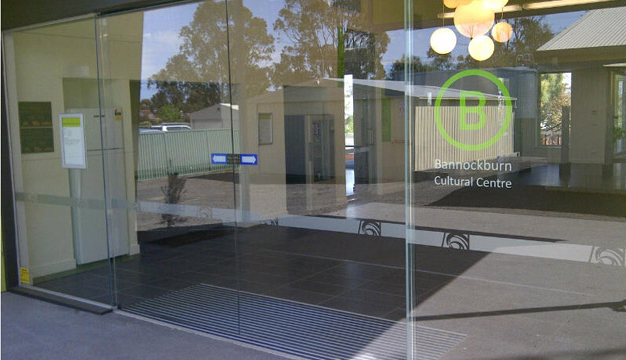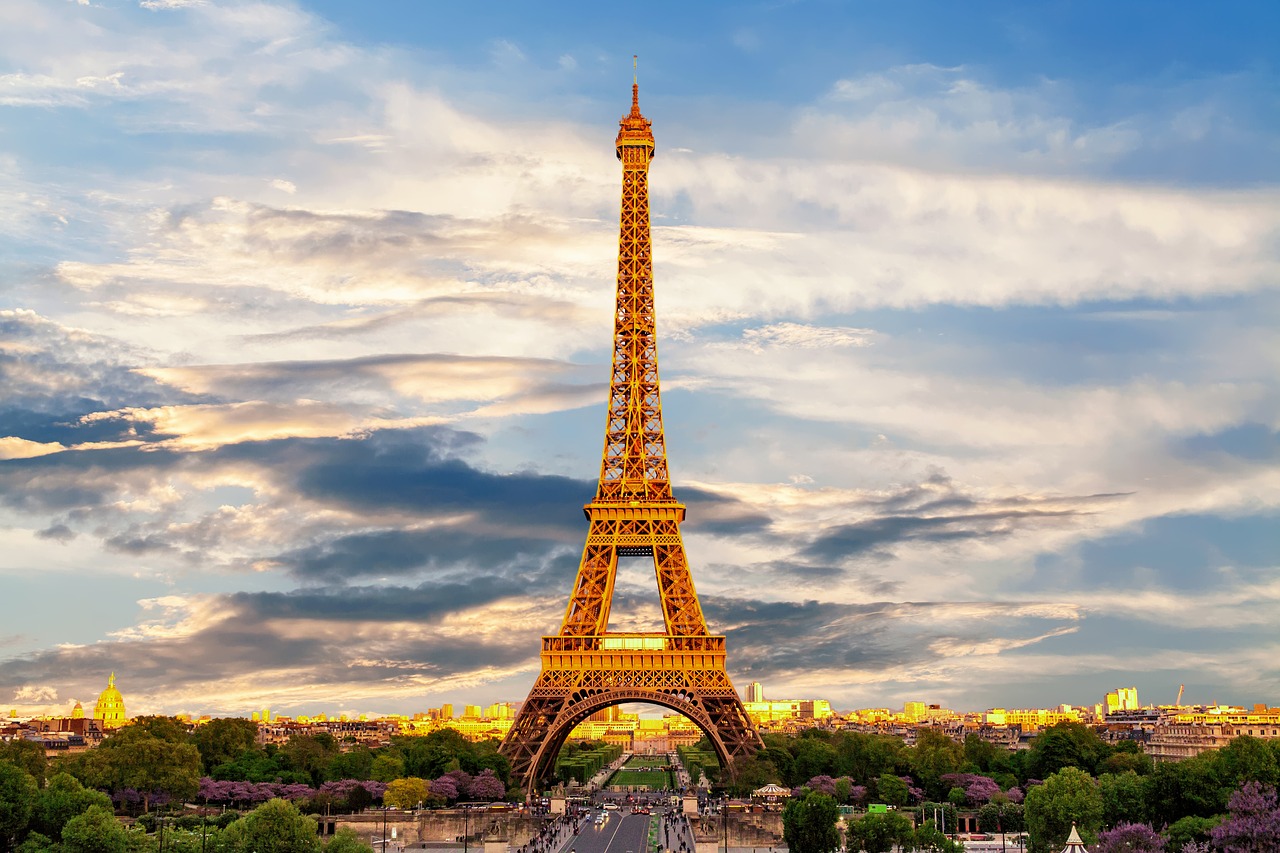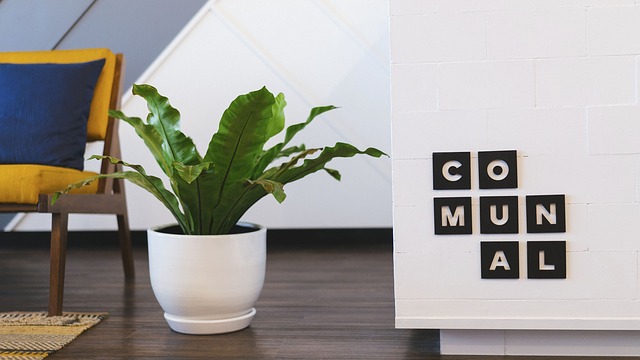Architecture is an art form beyond mere construction; it creates spaces that inspire us. Whether it’s an awe-inspiring high rise or a cozy cottage, architects blend form with function to evoke emotions in all who experience their creations. And when art enters the equation, this impact intensifies. Think of the majestic heights of Gothic cathedrals, which instill a sense of awe and reverence.
Join us as we journey into the captivating realm of architectural creativity, discovering how architects merge artistic vision with engineering expertise to build environments that resonate with us long after we’ve left them.
We’ll dive into this fantastic world where art meets architecture to conjure mesmerizing designs at every turn whose impact reverberates profoundly on our environment.
Where Aesthetics Meet Functionality
Artistic sensibilities melded with practical considerations make architecture an exemplar of beauty matched with utility — it’s a meeting point between aesthetics and functionality par excellence. Architects who imbue their designs with creative flair produce buildings that transcend their intended initial purposes; they become living expressions bursting with human ingenuity while reflecting cultural identity all at once.
And the conflation of art with architecture permeates more than just physical elements in a building’s construction. Instead, it infiltrates every aspect that contributes to creating an aesthetic balance, be it decorations inside or outside buildings, site furnishings for surrounding areas, or installations that complement the overall atmosphere.
By skillfully uniting form, line, color, pattern, and light in just the right balance, architects have ushered in some genuinely magnificent edifices throughout history, from iconic ancient Greek temples to exciting modernist designs from the last century. The result? Buildings that serve as living, breathing works of awe-inspiring art.
For example, Frank Gehry’s Guggenheim Museum stands in Bilbao, Spain, with graceful curves that evoke dynamic movement and excitement. Its beauty lies not only in its utilitarian purpose but also in how it integrates seamlessly with the environment around it while boasting elegant curves made possible by titanium architecture. Indeed, this building transcends its designated function, becoming an object of artistic wonder that inspires us all.
Similarly, Antoni Gaudís Sagrada Família Cathedral in Barcelona exhibits a fusion between architectural prowess and artistry unparalleled by any other building. Every intricate detail, from exquisite façade ornamentation to ethereal stained-glass windows, speaks volumes about Gaudís artistic sensibilities and his mastery at erasing lines between art forms.
Evoking Feelings and Tales
Buildings can possess the power to stir up deep-rooted emotions and relay stories, much like art does. Within architecture lie narratives that evoke nostalgia, buck against societal ideals, or reveal tales through their construction. The Taj Mahal in Agra, India, is a good portrayal. Explicitly built as a mausoleum, it exemplifies a tale of romance and symbolizes everlasting love. Its intricate marble work, detailed carvings, and well-balanced design foster romanticism, which lures visitors into its powerful sensory realm.
In contrast, Frank Lloyd Wright’s ingenious design for the Guggenheim Museum in New York City challenges traditional assumptions about museum architecture. Spiraling pathways guide visitors along an unconventional route that yields a dynamic and immersive experience. Wright’s approach urges onlookers to interact with artwork differently than conventional gallery spaces might permit.
Embedding Art and Architecture in the Urban Landscape
Art and architecture shape individual structures, significantly altering urban environments. Buildings that are iconic become landmarks that characterize a city, drawing tourists and serving as markers of cultural identity. These architectural wonders, like the Sydney Opera House and the Eiffel Tower in Paris, serve multiple purposes and represent the best human achievement.
Additionally, the addition of art to public spaces gives cities new life. City streets are provided with an extra layer of creativity and inspiration through sculptures, paintings, and installations, which turn ordinary places into thriving cultural centers. A sense of community is fostered, spaces for deep human connection are created, and varied narratives can be expressed through the urban fabric’s junction of art and architecture.
Reflecting Culture Through Architecture
It is common for architectural design to represent cultural identity and beliefs. Different architectural styles convey the essence of a culture and its history, from the majesty of Gothic cathedrals to the simplicity of traditional Japanese tea houses.
Incorporating contemporary materials and technologies while interpreting and recreating old motifs and processes, architects are inspired by the past. They build structures that honor cultural history while incorporating modern requirements and goals by fusing tradition and innovation.
The Art of Sustainable Building
Architectural artistry today places greater attention on sustainability. Architects are aware of their responsibility to reduce their influence on the environment by using cutting-edge materials, passive design concepts, and renewable energy sources.
The sustainable design promotes healthier living by considering the ecological element and prioritizing occupant well-being. Architects may design eco-friendly buildings that complement nature while using the least energy and achieving the highest levels of efficiency by fusing technology and creativity.
The True Magic of Design
The seamless integration of form and function is a clear example of the art in architecture. Architects build structures that are not only aesthetically appealing, but also functional and efficient by fusing their creative instincts with practical considerations. The thoughtful use of materials, the play of light and shadow, and the harmonic arrangement of spaces enhance a building’s aesthetic appeal and practicality.
What’s more significant is that architecture has deep roots in both culture and history. Exceptional architectural forms reflect a society’s exceptional nature in terms of identity, traditions, and values. Architects draw upon historical trends for inspiration while modifying traditional patterns before merging them with their modern work.

